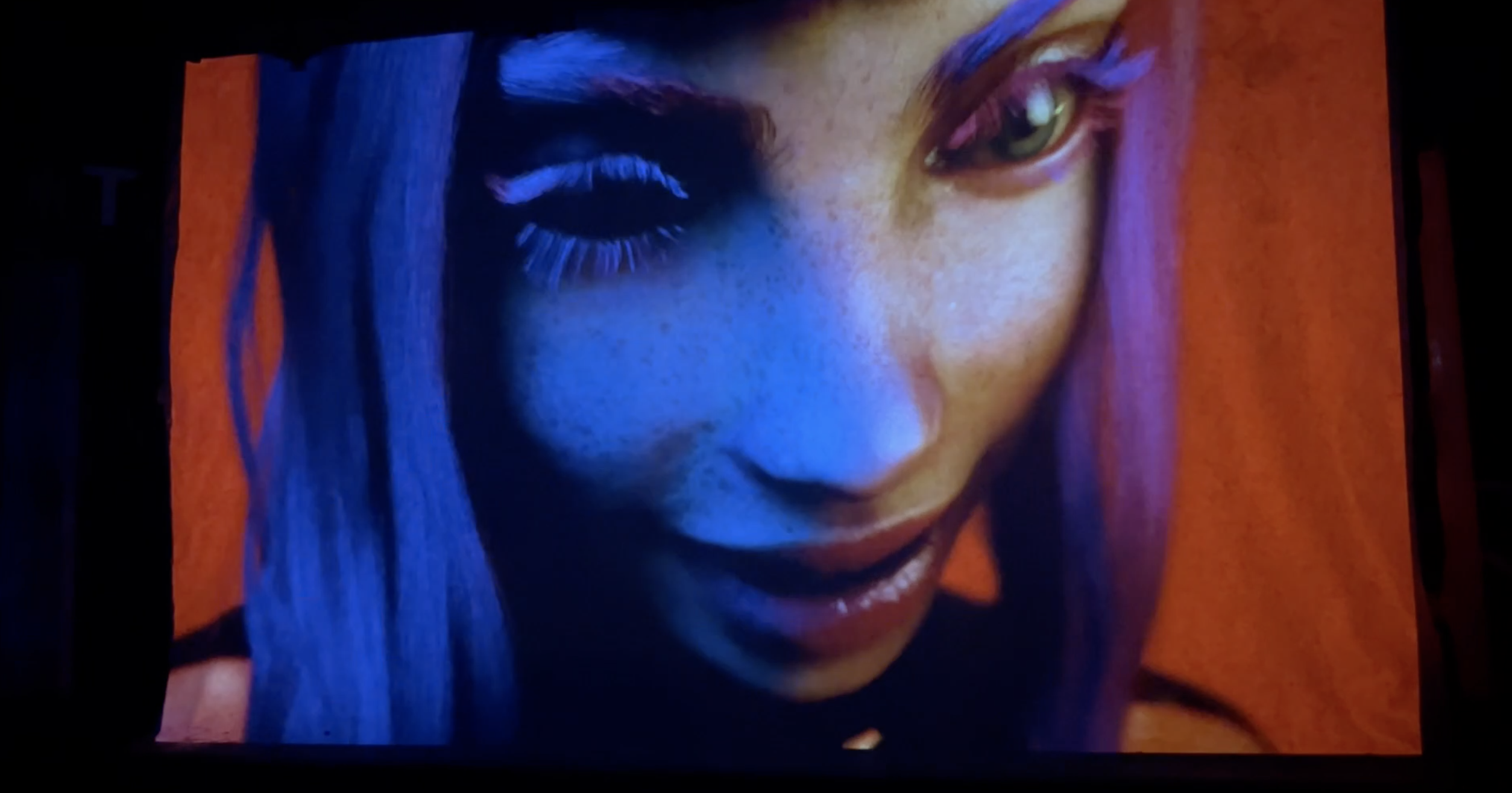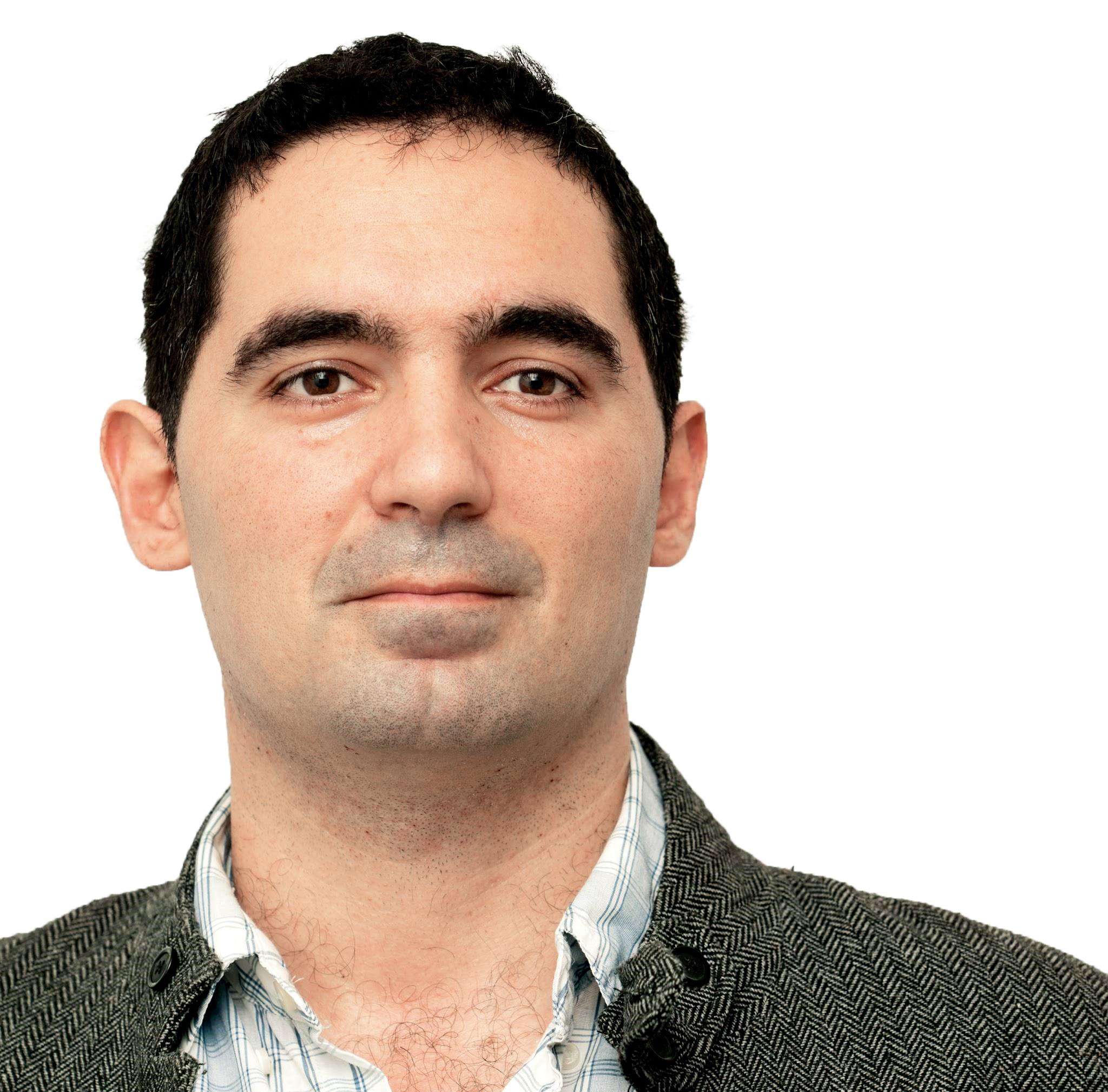Revolutionizing Creativity: How AI is Transforming Art and Performance
Art and performance, have always been integral to human culture, providing a medium for expression, communication, and entertainment. In the past decades, these art expressions have been impacted by technology, from the digital avatars of the pop music of Gorillaz to the better and better special effects in the cinema, taking also part in circus, theater and dance performances. However, as technology continues to advance, we are seeing an increasing number of artists and performers incorporating artificial intelligence (AI) into their creative processes in several different ways. In this blog post, we explore how AI is transforming the art and performance scene.
One of the most significant ways that AI is being used in art and performance is through the creation of generative art. Generative art refers to art that is created using Generative AI (discussed in our first SWForum post), providing to the artistic workflow a set of rules or algorithms, often with some degree of randomness or unpredictability. AI can be used to create generative art by analyzing patterns and data, and generating new art based on that analysis. For example, the French artist and composer François Pachet has developed a system called Flow Machines, launched with the Sony Computer Science Labs, which uses AI to create original music in different genres. In a more focused scope, the “algorithm artist” Emily Howell, created by David Cope in California, with great piano-based music across most streaming platforms. It is an interactive interface that receives feedback from listeners and uses a source database to generate its own musical compositions.

But this is just a small sample of what is being done in the realm of music. In the beginning of March I was talking with the ukrainian artist Katarina Gryvul that told me how she is excited with what AI can bring to her workflow, from assisting in the writing of the lyrics to her songs, to helping in the preparation of novel sound landscapes and even musical instruments unique to her performance. It came to my mind how fast and smooth this technology will integrate in the creative workflows of artists of all creative areas in their constant pursuit for unique experiences to their audiences. During the same festival I had the opportunity to see the performance of the czech band NIVVA that is using an AI-generated avatar to their live performance (see the image above). Yes, it is already happening also in the younger pop bands (that was all I had in mind that night) and the outcome was great and very well received by the crowd in the club that is much more used to the dynamics of a live band to dance to.
Another way that AI is being used in art and performance is through the use of machine learning algorithms to analyze and interpret data from various sources. For example, the interactive performance piece "Hello, Robot." by artist Chico MacMurtrie uses sensors and machine learning algorithms to respond to the movements and sounds of the audience. As a result, the performance is always unique and responsive to the specific context in which it is being performed. In the field of dance, AI is being used to create new forms of choreography and movement. For example, the choreographer Wayne McGregor has used motion capture technology and machine learning algorithms to create a piece called "Kairos," which explores the relationship between human and machine movement. The dancers wear motion capture suits that capture their movements, which are then used to train a neural network to generate new choreography.
AI is also being used to enhance traditional art forms, such as painting and sculpture. For example, the Spanish artist Mario Klingemann has used machine learning algorithms to create portraits that blend traditional painting techniques with AI-generated images. Klingemann's portraits are created by training a neural network on a dataset of portraits, and then using the network to generate new images based on the patterns and styles of the original dataset. How far are we from new artists can come into the art scene without going through traditional art academy education but still engaging us with the quality of an old master? And how about in high cuisine that is fastly turning to a (sometimes live) show of tasteful unique experiences, will it be impacted by AI and the potential to explore unimaginable recipes? In our neighbor Zagreb, there is already a restaurant, Bots & Pots Bistro, where the food is prepared by robotic chefs. How far are we from the first bot as participant in the Masterchef popular TV show?
One of the most exciting aspects of AI in art and performance is the potential for collaboration between human artists and AI systems. As AI systems become more advanced, they are increasingly able to create art and performances that are difficult or impossible for humans to create on their own. However, AI systems are not creative in the same way that humans are (at least not yet, and there are many discussions ongoing about this topic regarding the future of AI), and they lack the ability to experience emotions and make intuitive decisions. By collaborating with AI systems, artists and performers can combine the strengths of both humans and machines, and create art and performances that are truly groundbreaking. And I am particularly excited to know in what AI could emphasize ongoing masterpieces like the work of the dutch kinetic sculpture Theo Jansen that for the past 27 years has been creating new forms of life, made out of molded plastic pipes common to construction, that have a life of their own in less populated beaches of Den Hag and somehow recreate the evolution of species.
AI is indeed already today transforming the art and performance scene in many exciting ways. From generative art to machine learning algorithms, AI is providing artists and performers with new tools and techniques for creating innovative and unique works of art. As AI systems continue to evolve, we can expect to see even more exciting developments in the intersection of AI and art. How much time do you think it will take for AI to be present in some percentage of most of the shows we see? Will it take the role of the special effects that were popularized in the cinema screen or the digital sounds used in the electronic music scene to engage the dancefloor? Will it find a balance with the traditional (almost “craft”) humane made creations? Do you think artistic creation can ever be handled by an ensemble of AI algorithms on their own?

buy @buy2cbonline.com crystal meth apvp 2cb 3cmc ephedrine
Buy2cbonline.com - @Buy2cbonline.com/shop/ | your #1 source for top quality premium RC's research chemicals like 2cb powder 2fdck (2-FDCK) 3cmc crystal meth 4mmc eutylone mephedrone ketamine Ephedrine hcl powder A-pvp etizolam bromazolam alprazolam powder Mdphp freebase Coke and more .
Buy Crystal Meth online | Order Crystal Meth online | Crystal Meth price per gram Canada USA AUS | Buy Cheap Crystal Meth online AUS Canada USA Europe, can I buy crystal meth online?
https://buy2cbonline.com/product/buy-crystal-meth-online/
Buy Mdphp Freebase online | Order Mdphp Freebase online Monkey Dust Mdphp freebase for sale https://buy2cbonline.com/product/order-monkey-dust-online-mdphp/
Buy Ketamine online | Order Ketamine online Australia | ketamine Price per gram https://buy2cbonline.com/product/buy-ketamine-online/
Buy 5f-mdmb-2201 online - https://buy2cbonline.com/product/5f-mdmb-2201-for-sale-online/
Buy JWH-018 online | Order JWH-018 online | JWH-018 Price per gram - https://buy2cbonline.com/product/buy-jwh-018-online/
Buy Cocaine online AUS | Order Cocaine online Australia | Cocaine price per gram Australia
https://buy2cbonline.com/product/buy-fish-scale-cocaine-online-fast/
Do you want to buy 2FDCK online? 2-fdck for sale 2fdck buy usa canada Australia uk | 2fdck for sale Buy 2fdck online | Order 2fdck online AUS canada UK | 2fdck price per gram 2fdck for sale | buy 2fdck usa buy 2fdck usa https://buy2cbonline.com/product/2-fdck-for-sale/
Buy Ephedrine hcl online | Order Ephedrine hcl online AUS Ephedrine hcl price per gram AUS
https://buy2cbonline.com/product/buy-ephedrine-online-hcl-powder/
Buy Alpha-pvp online | Order Apvp online | Apvp Price per gram AUS canada USA | Apvp price per kg in Australia https://buy2cbonline.com/product/buy-a-pvp-online-usa/
Buy Clonazolam online - https://buy2cbonline.com/product/buy-clonazolam-powder-online/
Buy 2C-I powder online - https://buy2cbonline.com/product/2c-i-powder-for-sale-online-safely/
Buy Bromazolam powder online | Order Bromazolam online AUS | Bromazolam Price per gram https://buy2cbonline.com/product/buy-bromazolam-powder-online/
Buy 2CB powder online | Order 2CB powder online | 2CB price per gram Australia canada USA Europe- https://buy2cbonline.com/product/buy-2cb-powder-online/
Buy Mephedrone online | Buy 4mmc online | Buy 4mmc Mephedrone Meow online | 4mmc Mephedrone price per gram | Where to buy Mephedrone 4mmc online ?
https://buy2cbonline.com/product/buy-mephedrone-online-4mmc/
Buy Alprazolam powder online Order Alprazolam Powder Online | Alprazolam Powder Price per gram in Australia Buy Cheap Alprazolam Powder Online https://buy2cbonline.com/product/alprazolam-powder/
Buy protonitazene online | Order Protonitazene Online https://buy2cbonline.com/product/hydrochloride-protonitazene-for-sale/
Buy 3CMC crystal online Order 3CMC online | 3CMC price per gram |Buy Cheap 3CMC online| https://buy2cbonline.com/product/buy-3cmc-crystal-3-cmc-online/
Order eutylone online , eutylone crystal for sale, best price eutylone, eutylone supplier, order eutylone Europe, buy eutylone online eu uae usa
https://buy2cbonline.com/product/eutylone-eutylone-crystal/
Buy 5cladba 5cl online | Order 5cladba 5cl Online in Australia - https://buy2cbonline.com/product/buy-5cladba-safely-online/
Buy Alprazolam Powder Online|Order Alprazolam Powder Online | Alprazolam Powder price per kg Apvp @buy2cbonline.com
Threema: 3F3YDZMD
Telegram: @DHlabo
https://t.me/MdphpFreebaseEurope
WhatsApp: +44 7507412275